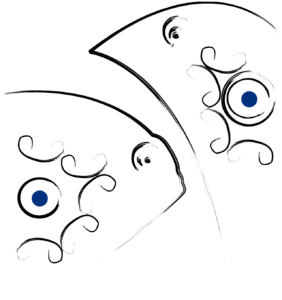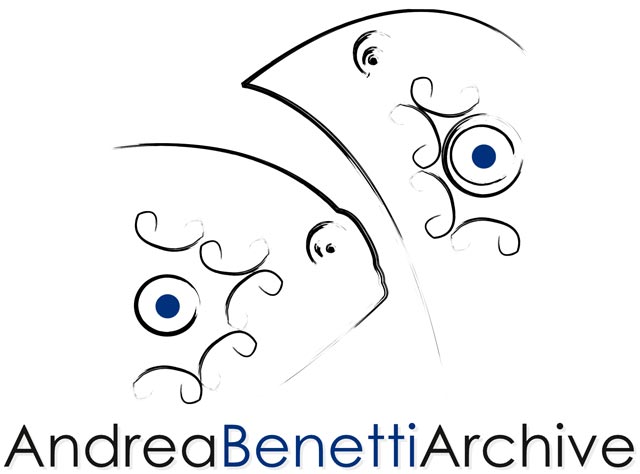The Neo-Cave Future
The Magician in the atelier of invention takes on the burden of wit. It carries the flavor of a distant tradition, invention, and absolute creation, a reference in the paths of the oblivion of imagination, of worlds and ancestral forms. It is the wheel of time, a centrifuge of stories both near and far.
The artist transposes premises, divination is complete, and prehistory is invoked. With a dreamlike judgment, he tempers the painting, moving by inertia, through surreal occurrences. His hand imprints the primordial matter: stone surfaces, sharp and blurred marks, reflections of epochs scraped onto the canvas. The ancient narratives—archaeology of caves, custodians of endless stories bound by time. Art is a detached graffiti, wax seal, and scraper; it is the process of automatic writing. The artist is a delirious painter: the arcane and the parchment, the missive soaked in tales, the amanuensis metaphor, the initiatory rite, the medium, and the trance.
This is the aura that transpires from the pigmented surface: the contours outlined with markings, with decorations of squares and roundels, rigid serpentine lines—representations as mirrors and dictionaries of painting.
His creations are fables and bestiaries, epic creatures from stories and myths, fantastic souls, albatrosses and floating wild animals, simultaneously contemplated and encrypted on the canvas, in the material that envelops them.
Each work is an enigma, a symbol, a balance of motion and stillness, a ciphered message, an esoteric fusion of glass. The canvases—dreamlike tarot cards, epistles, and totemic fetishes—modern speleology and opulent strokes, cavernous vision. The graffiti consists of sharp and blurred signs, flourishing with ovoids, circles, and serpentine lines. With silent discretion, they summon the creations of hominids, evoking tribal rituals. The brush crosses the stone with the mastery of its craft, tracing paths and overlays, subjects and objects, interwoven mechanisms. Archaeology is both accessory and tool—flint and ancient stonework. The instruments of the trade are a theater beneath the canvas drapes: they inhabit and invest the surfaces, with fire and smoke as characters, rust and relics as protagonists, charcoal and ruins as antagonists.
The scorched visions sketch fossils, evoke pastel fragrances, unbalanced aromas, frescoed hues, infusions, and effusions of ochres, bronze shades of exquisite palettes and ornaments.
The forms, like eternal archaeologies, are animations and trajectories of flying machines across spatial perimeters, idly drifting automobiles in flight, crossings on gauze-stretched frames, prehistoric maps, parables of creation. This art challenges the gears of technology, and the finale proclaims that the future is Neo-Cave!
Lucas De Laurentiis |
Art critic and historian |




